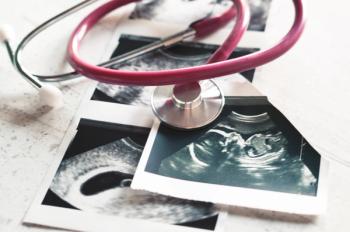
Opioid-Related Hospitalizations for Children and Teens On the Rise
Children and adolescents are becoming increasingly more likely to be hospitalized for prescription opioid poisoning, a study published in JAMA Pediatrics finds.
Children and adolescents are becoming increasingly more likely to be hospitalized for prescription opioid poisoning, a study published in JAMA Pediatrics finds.
The widespread use of prescription opioid pain medication has led to staggering rates of opioid abuse and opioid-related deaths in the United States; however, little has been reported about the statistics of opioid-related incidents in children and adolescents.
According to the new study published, pediatric opioid-related poisonings attributed to suicide or self-inflicted injury and accidental intent have more than doubled from 1997 to 2012.
The study examined pediatric hospital discharge records for every 3 years from 1997 through 2012, using diagnosis codes to identify 13,052 discharge records for pediatric patients hospitalized for opioid poisonings. Opioid poisonings attributed to heroin were also identified for teenagers aged 15 to 19 years old. A total of 176 children died during hospitalization over the span of the study period.
Researchers estimate that, from 1997 to 2012, the incidence of hospitalization from opioid poisonings:
- Increased among children aged 1 to 19 by 165% from 1.40 to 3.71 per 100,000 children.
- Increased among children aged 1 to 4 by 205% from 0.86 to 2.62 per 100,000 children.
- Increased in teens aged 15 to 19 by 176% from 3.69 to 10.17 per 100,000 children; poisonings from heroin in this age group also increased by 161% from 0.96 to 2.51 per 100,000 children, and poisonings involving methadone increased by 950% from 0.10 to 1.05 per 100,000 children.
Opioid poisonings related to suicide or self-inflicted injury increased by 140% in teens aged 15 to 19 since 1997, and those attributed to accidental intent increased 303% as well.
The data end in 2012, so there is no current way to measure the most recent trends in opioid use, although adults’ rates of opioid abuse and misuse have remained disconcertingly high despite a
JAMA’s research indicates a growing problem of prescription opioid poisonings in the pediatric community. Although the opioid epidemic is not likely to be eliminated easily, pharmacists can take steps in
Newsletter
Stay informed on drug updates, treatment guidelines, and pharmacy practice trends—subscribe to Pharmacy Times for weekly clinical insights.










































































































































































































